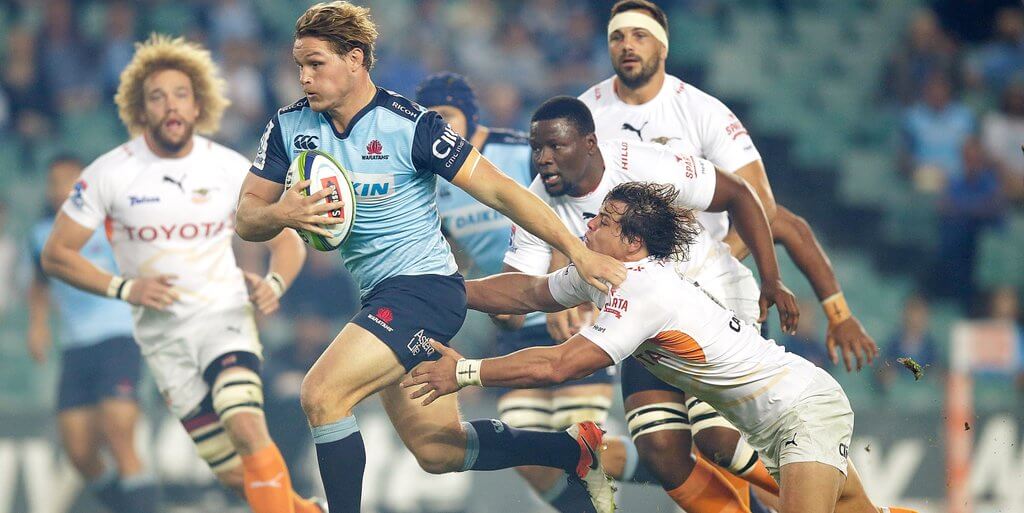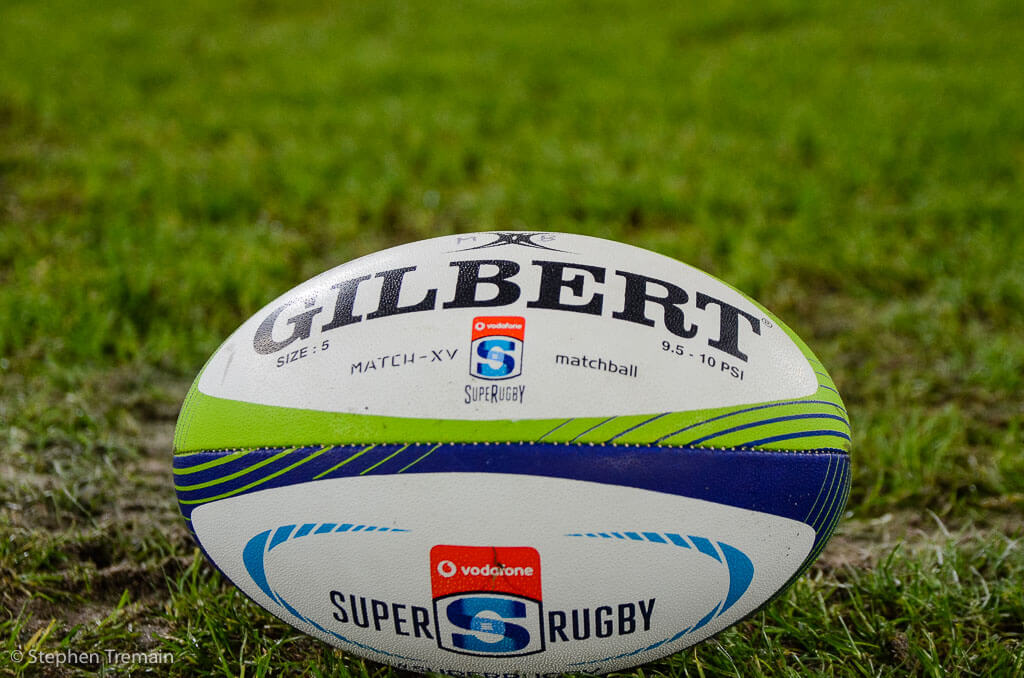With the latest edition of Super Rugby almost upon us it’s time to get our heads around how this one will differ from previous versions.
Ultimately there are only two fundamental differences, but it’s worth recalling what went before and what lead to these changes being deemed not only necessary but essential to the survival of the competition.
CHANGE 1: THE CONFERENCES
From 1996 to 2010 Super 12 and (from 2006) Super 14 ran as a league with a full round-robin of regular season matches followed by Semi Finals and a Final.
The expansion to Super 15 from 2011 saw the establishment of three five-team Conferences in which each team played some teams twice, others only once, and two not at all. It wasn’t perfect and there were all kinds of arguments as to who had the “easier” or “harder” draw but it was easy enough for the average footy fan to follow.
Similarly the six-team playoff system whereby the three Conference winners each hosted a “wildcard” qualifier caused some consternation around a Conference winner possibly hosting a wildcard qualifier despite having fewer table points, but this was generally accepted on the basis that teams should be rewarded for winning their Conference.
The next expansion, to 18 teams from 2016, however, can only be regarded as an abject failure. The governing body, SANZAAR, are squarely to blame in most people’s eyes, not least because pretty much everything that went wrong was predicted by many, many observers from just about all of the game’s stakeholder groups.
Firstly, instead of simply adding expansion teams the Kings, Sunwolves, and Jaguares to the existing South African, Australian, and New Zealand Conferences, they created a monster: an eight-team African Group and a ten-team Australasian Group, each comprising two Conferences and with the winner of each hosting a Quarter Final.

Accommodating this strange beast required a draw that, while never quite as confusing as the media routinely labelled it, simply made no sense to most people. It was epitomised by the feat of the Lions in making the 2016 Final without playing an Australian side in the regular season, and the 2017 Final without meeting a New Zealand opponent until their Semi Final.
It didn’t help that the Sunwolves – one blisteringly hot 2017 day in Tokyo and dismally few others excepted – were as dreadful as most predicted they would be; the Kings were usually little better and frequently worse; and the Jaguares seldom lived up to the expectation created by them containing so many of Argentina’s national side.
Even during its inaugural season it was clear that 18-team Super Rugby was in deep trouble as spectator and viewer numbers plummeted, causing sponsors and broadcasters to become very nervous, and SANZAAR very fearful of the impact this would have on the next round of broadcast right negotiations.
In March 2017, therefore, the SANZAAR board met in Dublin to decide on a way to escape impending disaster. Each member Union had earlier been presented with a “road map” setting out various options and scenarios, which may or may not have recommended a return to Super 12, depending on who’s version of the report one believes, but by all accounts concluded that an 18-team, four-Conference competition was doomed.
At that Dublin meeting the Australian Rugby Union (ARU) volunteered to cull a Super Rugby team if South Africa would do the same. What’s unclear is whether New Zealand Rugby CEO Steve Tew insisted that South Africa should give up two teams before or after his South African counterpart had agreed in principle to also culling a team.
Whatever transpired the result was an agreement that Australia and South Africa would down-size to four teams each, with New Zealand retaining their five alongside Argentina and Japan’s one each, in a three-Conference, 15-team competition that looks remarkably like Super 15 v2.0.

This is not the place to rehash what happened next – there are multiple Forum threads for that – but by fair means or foul, and for the good or ill of the game, ARU used their ownership of the Western Force’s Super Rugby license and intellectual property to eventually withdraw them from the competition.
SARU, meanwhile, and to widespread surprise, managed to pull off the not inconsiderable feat of getting both the Cheetahs and Kings into what may be the least-lucrative of the European leagues but which many would argue is at least the equal of Super Rugby quality-wise.
This year, therefore, the Sunwolves will join the four remaining Australian sides, and the Jaguares the four remaining South African ones, while the New Zealand Conference is unchanged.
The new format sees each team play the other teams in their Conference twice, and four teams in each of the other Conferences once. If that sounds familiar it’s because it’s the same format as Super 15.
CHANGE 2: THE PLAYOFFS

There will still be eight teams in the playoffs. The three Conference winners will again each host a Quarter Final, the other being between the first- and second-ranked wildcard qualifiers. One fewer Conference winner means one more wildcard qualifier, and offers the intriguing possibility of all five teams from one Conference making the playoffs.
More realistically, though, having three Conference winners rather than four should eliminate the likelihood of a Conference winner hosting a wildcard qualifier who earned more table points than them in the round robin. It’s still possible, of course, that the first and second wildcard qualifiers might finish with more table points than the third-ranked Conference winner.
All in all and irrespective of how one views the culling of the Western Force – and, again, this is not the place for that debate – it’s clear that SANZAAR, having made such a shambles of the expansion to 18 teams, had little option but to retrench.
The proof will of course be in the pudding, and for many dependant on how one’s team fares, but it’s got to better than what we’ve had to endure for the last two seasons. Hopefully the changes aren’t a case of too little, too late and Super Rugby can return to being something more like it once was.

